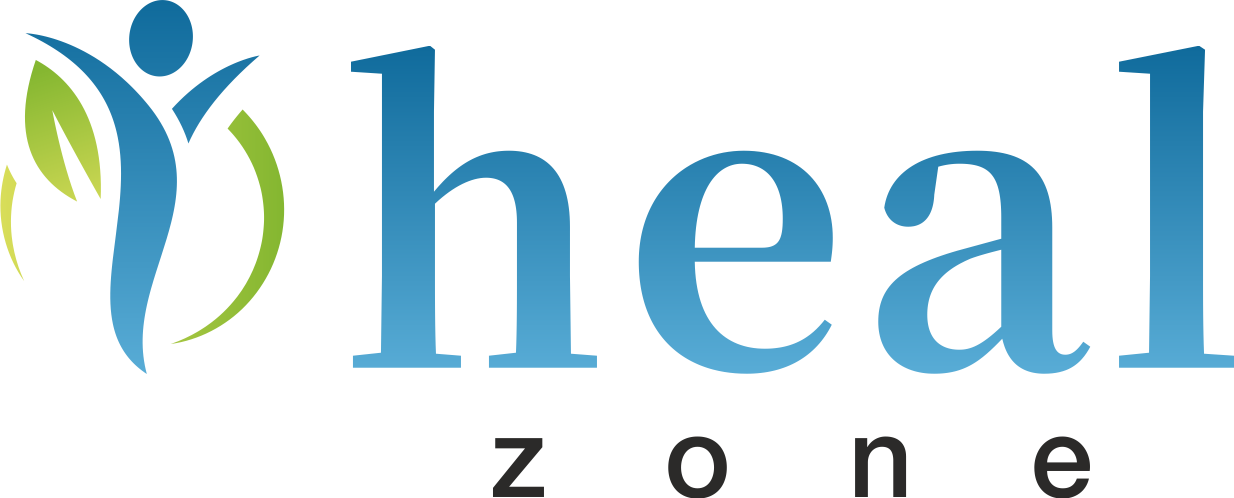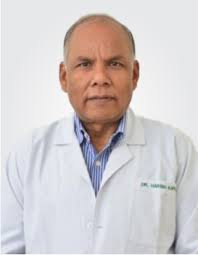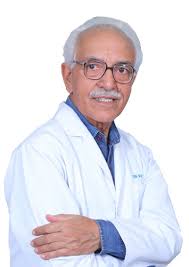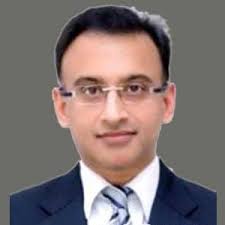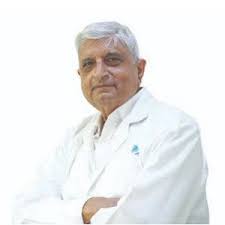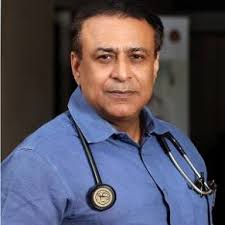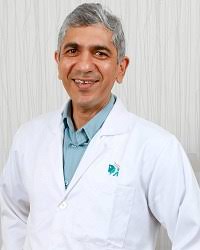What is Dental Bone Grafting and Why is it Needed?
Dental Bone Grafting is a surgical procedure used to rebuild and regenerate bone in areas of the jaw where bone loss has occurred. This is often necessary for patients who are preparing for dental implants but lack the bone density or volume needed to support them.
Common reasons for bone grafting:
- Tooth extraction-related bone loss
- Gum disease (periodontitis)
- Facial trauma or jaw injury
- Long-term missing teeth without implants
- Sinus cavity proximity in upper jaw (sinus lift)
Bone grafting provides a stable foundation for implants, ensures long-term success of dental prosthetics, and improves facial aesthetics by restoring jaw structure.
What are the Different Types of Dental Bone Grafts?
Several types of bone grafts are used based on patient needs, graft size, and bone condition:
- Autograft (Self Bone Graft):
Harvested from the patient’s own body, usually from the chin or hip. Offers the best biological compatibility but involves a second surgical site. - Allograft (Donor Bone):
Taken from a human donor and sterilized. Common and safe, avoiding the need for secondary surgery. - Xenograft (Animal Bone):
Usually bovine (cow) bone, widely used and safe after purification. Biocompatible and encourages natural bone growth. - Alloplast (Synthetic Material):
Man-made materials such as calcium phosphate or hydroxyapatite. Risk-free and effective in many cases. - Block Grafts and Sinus Lifts:
Specialized techniques used for large grafts or upper jawbone restoration near sinuses.
Each type has its own healing timeline, success rate, and cost range. Your dentist or surgeon will recommend the best type based on X-rays, CT scans, and clinical examination.
What is the Complete Treatment Protocol for Dental Bone Grafting in India?
The dental bone grafting procedure in India follows a highly standardized, patient-centered approach for international visitors:
1. Pre-Arrival Consultation (Online):
- Sharing dental records, X-rays, or 3D scans
- Initial evaluation and quote from dental surgeon
- Treatment planning and visa support
2. On-Arrival Dental Assessment:
- Clinical evaluation
- CBCT or 3D imaging for surgical planning
- Pre-surgical blood tests if needed
3. Surgical Procedure (Duration: 45–90 mins):
- Local anesthesia or sedation
- Surgical exposure of the site
- Placement of graft (autograft, allograft, etc.)
- Membrane placement and suturing
4. Post-Operative Hospitalization:
- Typically outpatient; no overnight stay needed
- Prescription of antibiotics, anti-inflammatory, and painkillers
- Post-op instructions and dietary guidelines
5. Recovery & Follow-Up (7–10 days to initial healing):
- Swelling and mild discomfort for 2–5 days
- Suture removal at day 7–10
- Full bone integration in 4–6 months (depends on graft type)
6. Final Implant Placement:
- Once bone has integrated, the dental implant can be placed
International patients typically spend 5 to 7 days in India for grafting, then return for the implant stage after 4–6 months or get it done locally.
Why Choose India for Dental Bone Grafting?
India is a globally preferred destination for advanced dental surgeries, including bone grafting. Here’s why:
World-Class Dental Clinics: Equipped with digital X-rays, 3D scanners, and laser systems matching global standards
Highly Experienced Dental Surgeons: Trained internationally with years of experience in grafting, implants, and oral surgery
Affordable Pricing: Cost savings of up to 70–80% compared to US and UK
No Waiting Periods: Instant appointment scheduling and fast-track surgeries
Safe and Comfortable Environment: Dental centers certified for hygiene and international protocols
International patients can expect high clinical standards, English-speaking staff, and personalized care throughout their treatment journey.
Why Choose Healzone for Dental Bone Grafting in India?
Healzone is a trusted medical tourism facilitator that bridges the gap between international patients and India’s top-tier dental specialists. Here's why international patients prefer Healzone:
Personalized Case Management: Healzone assigns a dedicated medical coordinator who assists with everything from pre-evaluation to discharge and post-operative care.
Verified Clinics & Surgeons: Healzone partners only with globally accredited dental facilities and certified specialists to ensure clinical safety and excellent results.
Transparent Cost Structure: There are no hidden fees — patients receive complete cost estimates and treatment timelines upfront.
End-to-End Travel Support: From visa invitations to airport pickups and hotel arrangements, Healzone handles all logistics for stress-free treatment.
Aftercare & Global Follow-up: Healzone provides teleconsultation follow-ups and ongoing care guidance after the patient returns to their home country.
Healzone ensures you receive international-standard dental grafting care at one-third the cost, with full comfort and clarity.
What Devices and Materials Are Used in Dental Bone Grafting in India?
Dental bone grafting uses a combination of biologically compatible materials and supportive devices. Here’s an overview of commonly used items:
Grafting Materials:
- Autograft: Patient’s own bone (chin, jaw, or hip)
- Allograft: Sterilized donor bone (human cadaver)
- Xenograft: Animal bone (commonly bovine origin)
- Alloplast: Synthetic bone substitutes (calcium phosphate, bio-glass)
Barrier Membranes:
- Used to prevent gum tissue from growing into the bone graft area
- Made of collagen (absorbable) or PTFE (non-absorbable)
Fixation Devices:
- Titanium screws or pins to stabilize block grafts
- Sutures and collagen membranes for socket preservation
Surgical Tools:
- Bone mills, piezoelectric instruments, and micro-motors
- 3D surgical guides for precision and safety
All materials and tools used are FDA-approved or CE-certified, ensuring quality and safety standards equivalent to Western nations.
What is the Full Cost Breakdown of Dental Bone Grafting in India?
Dental bone grafting in India is priced significantly lower than in developed countries, yet offers the same level of quality and outcomes. Here’s a breakdown of typical costs:
|
Treatment Component |
Estimated Cost (USD) |
|
Online Consultation & Evaluation |
Included or $50 |
|
3D CBCT Imaging & X-rays |
$100 – $200 |
|
Preoperative Blood Tests |
$50 – $100 |
|
Bone Graft Material (Allograft/Xenograft) |
$300 – $800 |
|
Surgical Fees |
$600 – $1,200 |
|
Barrier Membranes (if used) |
$150 – $300 |
|
Anesthesia/Sedation Charges |
$100 – $200 |
|
Medications & Post-op Care |
$100 – $150 |
|
Suture Removal/Follow-up Visit |
Included |
|
Total Estimated Cost |
$2,500 – $5,000 USD |
Note: Prices may vary based on graft type, surgical complexity, and city of treatment. Advanced procedures like sinus lifts or ridge augmentation may be on the higher end of the range.
What Type of Procedure is Dental Bone Grafting and What is the Duration?
Dental Bone Grafting is a minor to moderately invasive outpatient surgical procedure. It does not usually require overnight hospitalization unless combined with other major procedures.
Procedure Type:
- Outpatient Surgical Procedure
- Performed under local anesthesia or conscious sedation
Procedure Duration:
- 45 minutes to 1.5 hours depending on the graft size and complexity
Recovery Timeline:
|
Stage |
Duration |
|
Initial healing |
7–10 days (swelling subsides) |
|
Bone integration |
3–6 months |
|
Final dental implant |
After bone is fully integrated |
Patients are advised to return for implant placement once the graft has healed — either in India or their home country based on preference.
What Are the Benefits of Dental Bone Grafting?
Dental bone grafting is an essential and transformative procedure for patients with jawbone loss. The benefits are both medical and cosmetic:
Restores Jawbone Volume: Rebuilds bone that’s lost due to extraction, trauma, or gum disease.
Enables Dental Implants: Provides a stable and strong base for implant-supported teeth.
Improves Facial Aesthetics: Prevents sagging or sunken facial appearance caused by bone loss.
Enhances Oral Function: Supports proper chewing, biting, and speech once the implant is placed.
Preserves Remaining Teeth: Prevents shifting of adjacent teeth into bone-deficient areas.
Minimally Invasive & Safe: Especially with modern biomaterials and imaging technology.
For international patients, getting the procedure done in India means world-class results at a fraction of the cost, with full post-operative and travel support.
What Are the Potential Risks or Complications of Bone Grafting?
Although dental bone grafting is a common and safe procedure, like any surgical intervention, there are some potential risks:
Infection: May occur at the graft site; managed with antibiotics and hygiene protocols
Graft Failure: Rare, but possible if blood supply is insufficient or healing is compromised
Swelling & Discomfort: Common and temporary during initial healing
Rejection or Allergic Reaction: Very rare, especially with synthetic or purified grafts
Nerve Sensitivity: In rare cases near the lower jaw, numbness or tingling may occur
These risks are minimized through proper screening, sterilized environments, and expert surgical care — all of which are strictly maintained in Indian dental facilities.
What Aftercare is Required Following Dental Bone Grafting?
Post-operative care is crucial for successful healing and long-term integration of the graft.
Immediate Aftercare (First 7–10 Days):
- Take prescribed antibiotics and painkillers
- Use cold compress for swelling
- Avoid hard or spicy foods; follow a soft diet
- Do not disturb the surgical site (no brushing or touching)
Hygiene Guidelines:
- Rinse gently with antiseptic mouthwash or warm saline
- Maintain oral hygiene without disturbing the graft site
- Avoid smoking and alcohol — both hinder healing
Activity Restrictions:
- No vigorous exercise or bending
- Avoid heavy lifting for 3–5 days
Follow-up Visits:
- Sutures removed in 7–10 days
- Healing checked at 1 month
- Bone integration monitored over 3–6 months
Patients choosing Healzone receive ongoing teleconsultations and guidance throughout recovery, even after returning home.
Why is India the Best Choice for Dental Bone Grafting for International Patients?
India has become a leader in dental medical tourism for a reason:
Affordability: Costs are 60–80% lower than in Western countries, without quality compromise
Accredited Clinics: Fully equipped with 3D scanners, laser tools, and sterilized environments
Expert Dentists: Globally trained, experienced in grafting, sinus lifts, and full oral restoration
English-Speaking Support: Ease of communication and coordination
Healzone’s Seamless Support: Travel assistance, stay arrangements, and treatment scheduling
With all-inclusive packages, international patients can receive safe, effective, and affordable treatment — making India a top-tier dental destination globally.
